Dominant integration locus drives continuous diversification of plant immune receptors with exogenous domain fusions
Data and Resources
-
Open Access PDFPDF
Genome Biology
-
Journal ArticlePDF
Genome Biology
Additional Info
| Field | Value |
|---|---|
| Source | |
| Version | |
| Authors |
|
| Maintainer | |
| Maintainer Email | |
| Article Host Type | publisher |
| Article Is Open Access | true |
| Article License Type | cc-by |
| Article Version Type | publishedVersion |
| Citation Report | https://scite.ai/reports/10.1186/s13059-018-1392-6 |
| DOI | 10.1186/s13059-018-1392-6 |
| Date Last Updated | 2019-06-14T02:52:15.169992 |
| Evidence | open (via page says license) |
| Funder code(s) | Biotechnology and Biological Sciences Research Council (Includes BB/J004669/1, BB/J004553/1, BB/J010375/1, BB/CSP17270/1, Doctoral Training Partnership); Gatsby Charitable Foundation (); H2020 European Research Council (ERC-2016-STG-716233-MIREDI) |
| Journal Is Open Access | true |
| Open Access Status | gold |
| PDF URL | https://genomebiology.biomedcentral.com/track/pdf/10.1186/s13059-018-1392-6 |
| Publisher URL | https://doi.org/10.1186/s13059-018-1392-6 |
